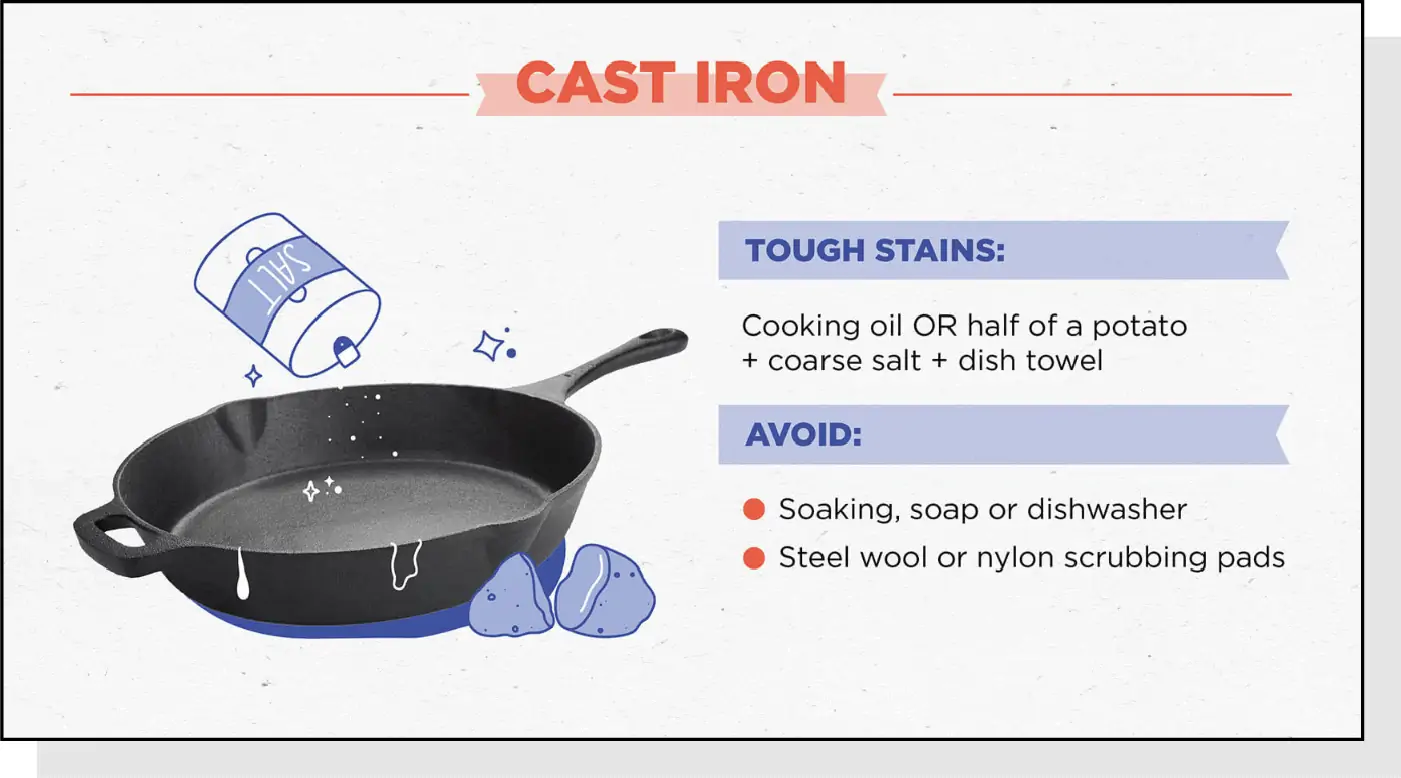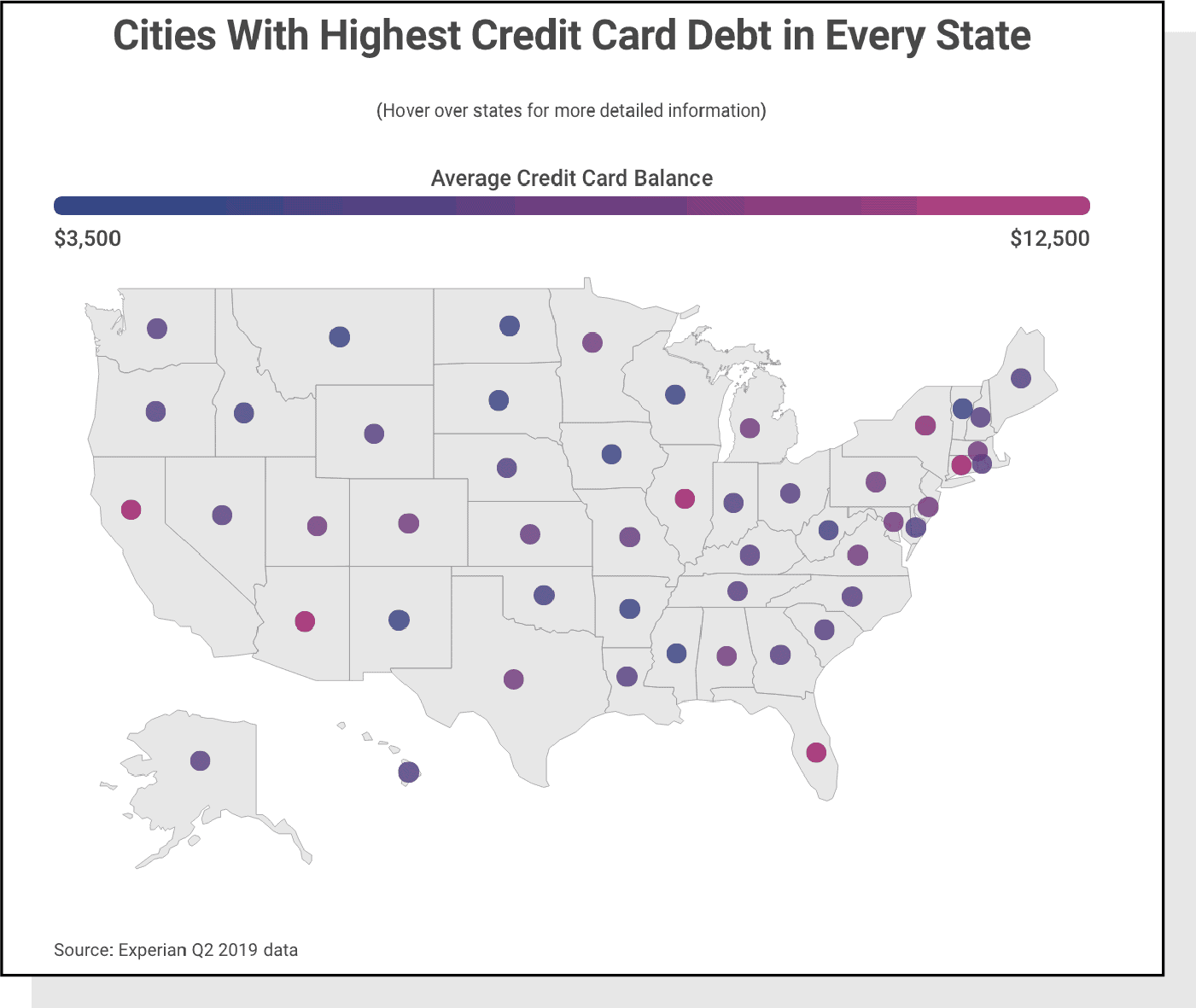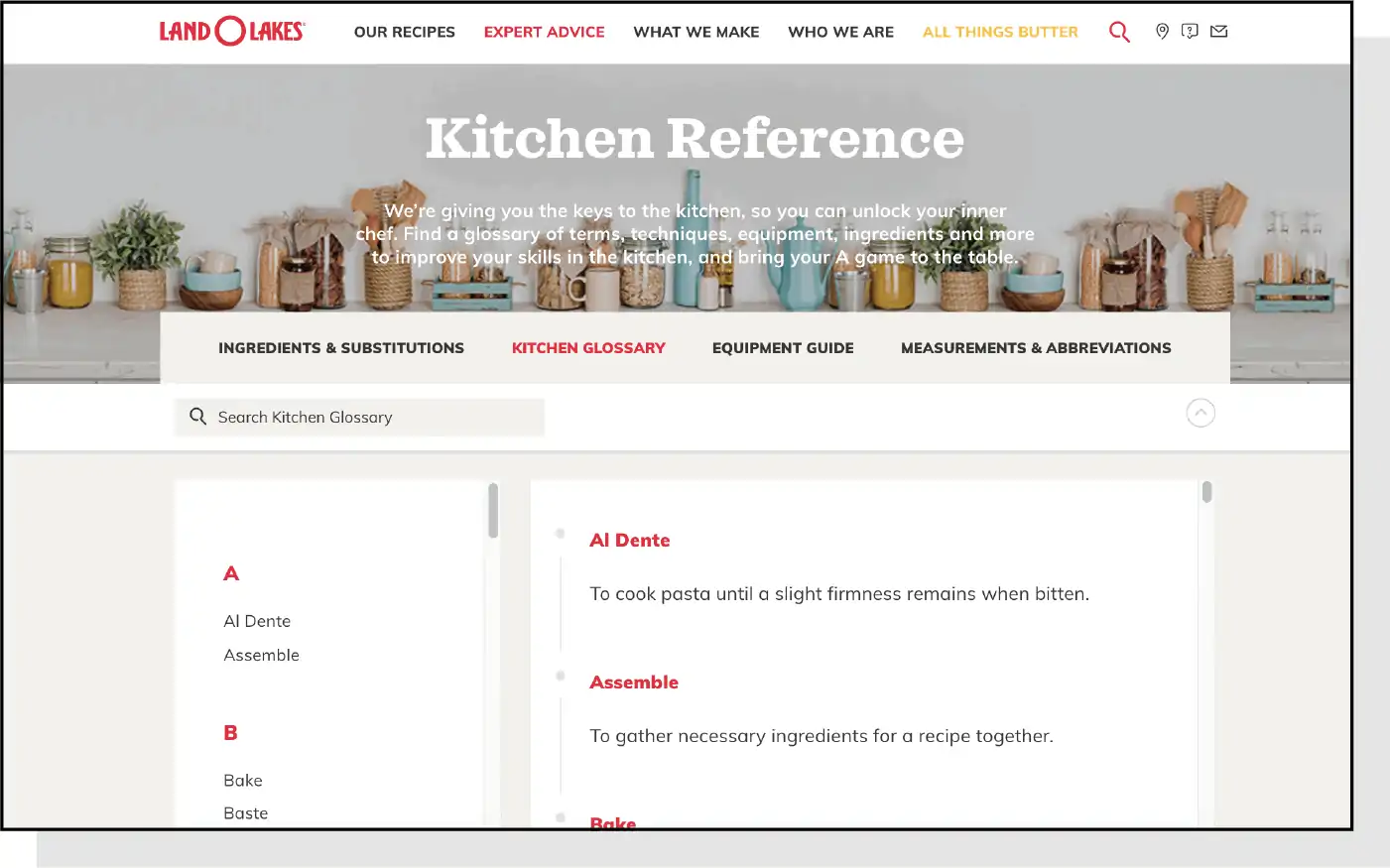How do successful agencies and in-house teams drive results year-round? Ev-er-green con-tent.
Evergreen content is every content marketer’s little black dress. It’s classic, the go-to, it’s reliable, looks good on anybody and it works for pretty much any occasion. There are many reasons why you need this content type in your strategy closet.
In this post we’ll cover the definition of evergreen content, why it’s important, content examples, how to create it, tips to level-up existing evergreen posts and even how to turn “seasonal” pieces into evergreen result-drivers.
Siege Media creates hundreds of high-performing evergreen content pieces per year. In fact, our total client traffic impact is more than $90,000,000, and that’s only made possible through content that stands the test of time.
What is Evergreen Content?
Evergreen content is relevant year-round. It doesn’t depend on a season, date or event to be topical and shareable. Evergreen articles and design assets are a staple in any successful content strategy.
Evergreen Content vs Seasonal Content
Seasonal content doesn’t have the shelf-life of evergreen content and doesn’t appeal to users year-round. Things like holiday content, sporting events, politics, industry trends.
More specifically, pieces like “The Best Valentine’s Gifts,” “COVID Content Strategy,” “Summer Workout Ideas,” “Your Ultimate Back to School Checklist” are all only topical in their respective seasons or timeframes.
When Evergreen Content is a Bad Fit
There is definitely a time and place for seasonal content. Depending on your site, covering breaking news could be vital. There are also certain high-ROI content types that require frequent updates, think “best of” and “review” content. For more info about the importance of a balanced content strategy, see in our section on content strategy diversification.
30 Evergreen Content Examples
Evergreen topics and assets come in all shapes and sizes. Just because a certain format or subject is successful for one site or brand, that doesn’t mean it will work for you. You should try to be strategic in the formats and topics you select so they’re not only evergreen but also on-brand. Below we’ll cover some additional examples and why they work.
Instructional pieces work very well because they clearly answer search intent and provide the solution that’s being looked for.
How-to’s
Also known as step-by-steps, these pieces work because they provide easy-to-follow instructions to complete a task. Examples:
Checklists
Get information across quickly and clearly — it is often effective to summarize them in an interactive or printable format for promotion purposes. Examples:
DIY Projects
DIY pieces stand out by using custom photography, illustrations or videos to show the user how to recreate it themselves. Examples:
Even though data can be time-sensitive, it can also be evergreen. Think of data-focused topics that still matter year-round, like content marketing stats. Data-centric pieces may require more frequent (usually annual) updates but the overarching topic remains relevant.
4. Statistic Pieces
These pieces garner passive backlinks once they have enough visibility which can help create steady growth in your backlink profile . Examples:
Proprietary Data
Using internal data can help you get a leg up in a topic and entice others to share or cite you. Examples:
Data/City Studies
This content relies on gathering data from reliable sources and may also include proprietary data. If you don’t have the budget or resources to pull proprietary research, these are a cost-saving alternative. Examples:
- Which Cities Have the Most Credit Card Debt?
- The Most Sought-After Jobs
- 10 Best Small Cities for Retirement
Round-up posts showcase a wide variety of ideas or tips in one niche subject. Below you can see some examples of different types of round-up content including glossary, tips and best practice posts. As an added bonus, they typically don’t require as much updating as other content types.
Tips or Inspiration
Listicles have a simple format that lends them to the inclusion of large lists with the potential to feature ideas from the community. Examples:
Glossary or Key Terms
If you find the right niche, a glossary can be an effective way to capture the attention of your intended audience and provide a source they’ll keep coming back to. Examples:
- 21 Accounting Terms for Small Business Owners
- SEO Glossary Terms
- Complete Cooking and Baking Term Glossary
Best Practices
Showcase your expertise or pull in ideas from other experts. Examples:
Resource Guide
These pieces are typically long-form guides with resources sprinkled throughout and can be promoted through broken link building (BLB) or more traditional outreach. Additional examples:
Why Use an Evergreen Strategy?
You may have heard that you should never put all of your eggs in one basket. Content strategy is a lot like that but with way less yolk. Okay, but in all seriousness, your content strategy should be diversified. If you rely solely on viral content that’s only relevant now, you’re going to miss out on reliable content that will build value over time.
Content Strategy Diversification
We aren’t saying there isn’t value in viral or seasonal content, they can help grab visibility and cut through saturated feeds and search engine result pages. But catchy news stories and punchy seasonal content can only take you so far. You may see your traffic results spike with a well-placed holiday post or viral story but that spike will likely be short-lived. In order to have a balanced strategy that drives MoM and YoY growth, you should be creating pieces that are relevant year-round in addition to those more seasonal pieces.
Build Momentum For a Fledgling Site
When building visibility for a new site or a brand that’s newer to the content game, it’s best to build up your evergreen content library to get some steady growth. Oftentimes newer sites or brands have smaller budgets so they can’t afford to create content that won’t return on its value or “flop.” A well-executed evergreen piece is a safer choice when you’re working with a limited budget.
Solid Linkability and Repromotion Potential
Not only can you gain more consistent traffic but you can also garner backlinks at a steadier rate. Backlinks are the gift that keeps on giving — they signal to Google that your piece is worth reading, linking to and worth serving up to other readers. It can boost your individual post ranking and help elevate the domain authority for your site as a whole. If there’s ever a month that you’re short on your backlinking goals, evergreen content is there to save the day.
For example, your infographic on holiday decoration ideas won’t be helpful in June since it tis’nt the season. Instead, you’d want to have something already on-deck that resonates with readers no matter the time, something like “How to Declutter Your Home.” A piece like that is something you can go back to and repromote should you have a slower link building month or hit a production lull.
How To Create Evergreen Content
You’ll find that different strategies and workflows work best for different industries and niches. There isn’t a one-size-fits-all content formula but I think we got pretty close with these five steps below.
1. Think Through Your Strategy
Planning your evergreen content strategy is the first thing you should do before attempting to create any content. You should take a look at your blog categories, product offerings and buyer personas. There are a wide variety of strategy methodologies and strategies aren’t one size fits all. Your strategy should take into account your site size, goals and offerings. Some questions to ask yourself to help drive your strategy could include:
- What blog categories or topic clusters connect best with your offerings?
- What types of queries could you see your audience searching for?
- Which topics are closest to your brand? Which topics are topical year-round?
You don’t want to go into content creation without any prior planning. This could cause unnecessary work down the line if you have to implement heavy redirects, unnecessary content revamps, site or blog structure changes, among other things. If you’re unclear about where to start we have some guides that could be of help:
- Building an SEO content strategy
- How to increase your web traffic
2. Find Your Evergreen Keywords
Finding the right keyword can feel like a mini jackpot. If you have your strategy or keyword list already built-out start working through that, if not, you can:
- Look at your products and work backward to find content connections
- Find inspiration in customer reviews or questions
- Go to Reddit and other social media to see what your community is talking about (don’t fall for trends)
- Use trend tools like Google Trends to see the longevity of a keyword
- Think about adjacent topics that appeal to your ideal consumer
- See what competitors cover
- Use keyword research tools
As you build up the keywords you want to go after and the content itself, make sure you start tracking that progress. While executing keyword research, you want to look for and consider:
- Search intent, or what the user is really searching for, and how you can execute to match it
- Informational vs purchase driven, steer clear of SERPs riddled with product pages
- See who’s ranking and your ability to outrank them
- Extra SERP signals like video carousels, featured snippets, people also ask, etc.
- Click volume that is at least half of the search volume
- Keyword difficulty that’s attainable based on your goals
- Audience and outreach market
3. Write Well-Structured Evergreen Copy
When creating an evergreen piece, you want to pay special attention to SEO best practices. In news pieces and or those focused solely on a viral story, things like word count, keyword density, scannability and piece structure aren’t as important.
With an evergreen piece, you’re going for longevity so you’ll want to make sure the piece structure is as durable as the topic. See these guides below for those best practices:
- Guide to on-page content marketing best practices
- Guide on the SUCCESS model to create 10x content
- Collection of tried and true blog post templates
4. Create Evergreen Design and Shareables
Not every topic lends itself to a shareable element but you should have a good idea of which topics do by examining the SERP and user intent. Adding visuals and various design assets can help set your piece apart from others and make people more likely to share, hence “shareable.” Unsure of how to do this? Check out:
- How to generate linkable asset ideas
- Why and how infographics work
Keep in mind that the advantages of evergreen apply to design as well. An evergreen graphic or design can help increase linkability and bolster re-promotion efforts.
5. Update As Needed
Just because a piece of content is evergreen, that doesn’t mean that you just set it and forget it. Depending on the topic, almost all posts will need some sort of refresh at some point to maintain their success.
Algorithms change and ranking factors shift and when they do, your content may need to be tweaked. Some of the most common ways to know you need a refresh include:
- Out-of-date phrasing or dates: This is the most obvious indicator. If your piece has a year in the title or centers around data from a certain time period, see if you can find more relevant data.
- Decreased rankings: The next indicator you should look out for is a decrease in rankings. Tracking your content’s performance is a must. Decreased rankings are a key sign that it’s time to update your content. We
- Slowed link velocity: You’re used to seeing a lot of links come in for a certain piece and suddenly those returns begin to dwindle.
- Unexpected changes: You should also keep an eye out for mentions of current events or recommended practices that are no longer relevant as well as national or global changes. Make sure you update any irrelevant content.
Tips To Level Up Your Existing Evergreen Posts
Just as posts need to be refreshed over time, there’s almost always some sort of room for improvement. Try to find ways to add value and expand content into multiple outreach markets. Below we’ll show you some ways to level up your existing evergreen articles:
- Add an interactive or shareable element but only if the topic warrants it. You don’t want to throw in something just for the sake of pizazz but also so it adds value. Some examples of this could be a demonstrational video, custom photography, animated graphics, printables, etc.
- Add a news-worthy element because content balance goes both ways. If you’re looking for ways to build links to a high-priority topic see if there’s a relevant survey or data study angle that enhances the piece and drives interest.
- Get an expert opinion to increase topic authority. Not only is this a value-add, but it also helps you engage your community. If you’re lucky, they might share the piece with their own audience for additional exposure.
Before you think of dropping a ton of cash on a Terry Crews cameo for your “How To Save Money” video, please remember that you shouldn’t add in an element that doesn’t make sense, bring value for the reader or make fiscal sense on what you’d get in return.
How To Make “Seasonal” Topics Relevant Year-Round
Not all non-evergreen content is a lost cause. There are ways that you can spin an existing piece of content to make it evergreen. It centers around finding a complementary topic that has evergreen search potential.
Provide a Solution For a Survey or News Story
A survey or news story on its own may not be evergreen, but you could add more to it. Make the survey findings the hook of your piece and then add evergreen information.
For example, you could update your survey piece “X% of People Haven’t Changed Their Password in X Years” to “How Often Should You Change Your Password? X% of People Are At-Risk.” The key phrase, “how often should you change your password” has a search volume of 350, ties into your initial survey perfectly and gives readers actionable information that helps them become more secure.
Tie in a Related Topic
Tying in a tangential topic can to evergreen-ify a post. Let’s say you have a post about “Best Friend’s Day,” try adding some actionable info to beef up the piece. For example, this could be “X Ways To Support Your Friends on Best Friend’s Day and Year-Round.”. If properly built, the traffic from “support your friends” (search volume 350) will not only bring in traffic year-round but also help you rank higher when “Best Friend’s Day” returns.
Overhaul a Post
Use the previous success of a (no-longer) timely piece and revamp it. The links and authority it garnered can help boost the revamped piece so long as they’re closely related.
For example, let’s say you have an old piece called “X Fitness Tips from 2016 Olympic Stars” — it actually got a decent amount of links but now it’s sitting there collecting dust in your blog archive and not ranking for anything notable. You’re ready to just redirect the piece but think again.
Try updating the post annually for each Olympics. Take a look at the SERP and see what you need to do to bring this piece to par and beyond. Re-structure the post and take out out-of-date references and the pre-existing link “juice” should help move you up.
Content That Lasts Forever
No matter your industry, there is an evergreen strategy out there for you. Amongst all of your keyword research and meticulous outlining, remember that great content satisfies the search intent of the reader and offers more than they can currently find anywhere else. Strive to be the most helpful and the best at fulfilling that search intent. Helpful evergreen content — like the little black dress — never goes out of style.







